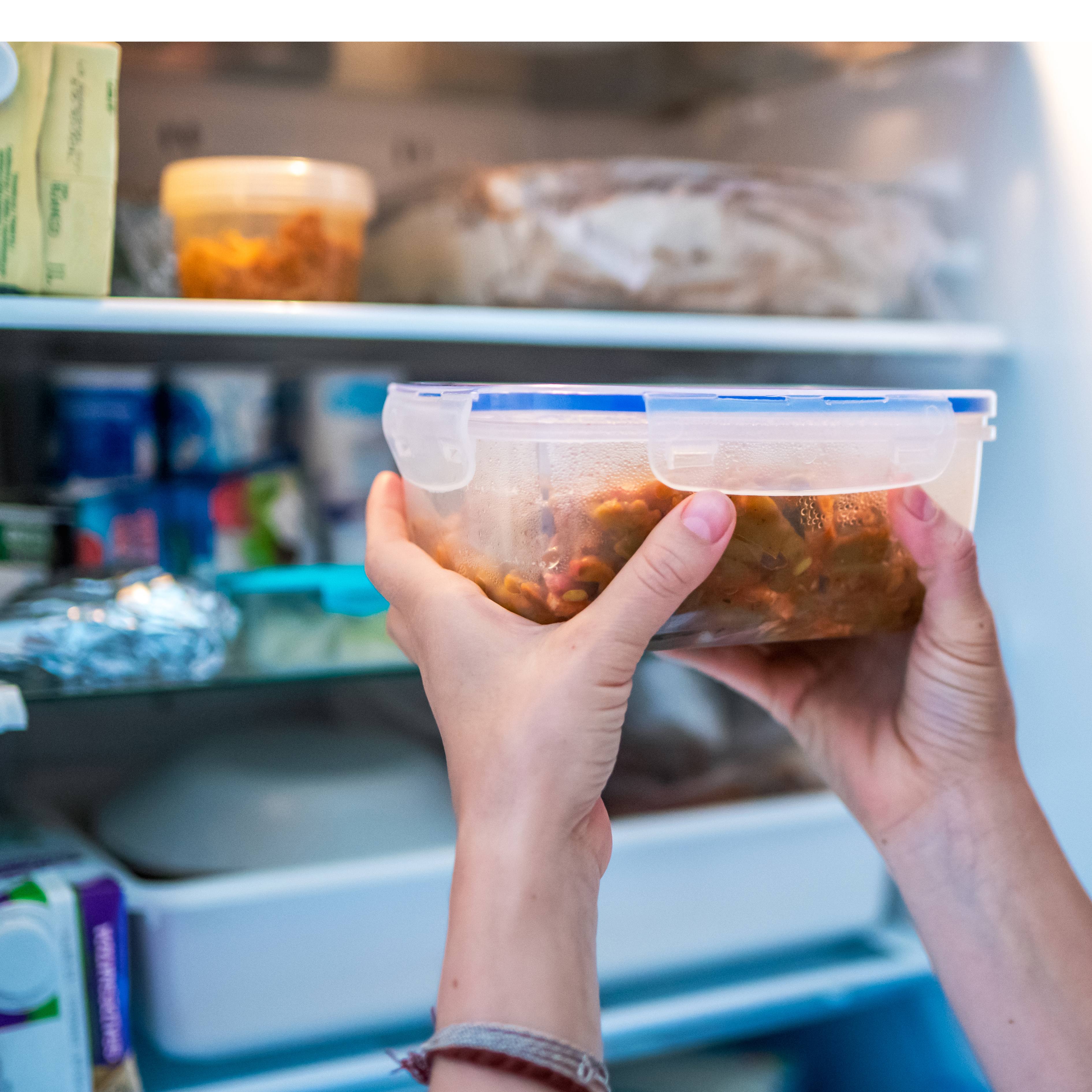-
Dopamine menus: Give your brain some space

ROCHESTER, Minn. — You likely are accustomed to encountering a range of menus in daily life, but there is one that may be new to you: a dopamine menu. Dr. Robert Wilfahrt, a family medicine physician at Mayo Clinic and an expert in attention-deficit/hyperactivity disorder, or ADHD, explains.
“A dopamine menu is a rebranding of what psychologists or healthcare professionals previously called behavioral activation — ways to get yourself to do what’s best for you, instead of what you feel like doing in the moment,” Dr. Wilfahrt says.
In this case, the best route to getting that tough task done is to step away from it for a minute, do something else that feeds you energy and then dive back into the task.
The purpose? To stimulate dopamine — a hormone and neurotransmitter in the brain involved in mood, attention, reward and motivation. It’s also known as the “feel-good hormone.” Dopamine comes in many forms — reaching for your phone to doomscroll social media is an easy and convenient way to get a bit of a lift, but that’s not the only option. What other accessible activities can bring you joy and a happy brain break?
Examples of healthy “dopamenu” activities include:
- Going for a brief walk.
- Jamming out to your favorite song.
- Making a cup of tea.
- Petting your dog or cat.
- Lighting a candle.
- Reaching out to a friend or family member.
“The idea is to break up what you’re doing,” says Dr. Wilfahrt. And if the selected menu item is purposeful, you can feel a sense of reward for small progresses.
When are dopamine menus most useful? If we’re not necessarily enthusiastic about the task we’ve been assigned, we struggle to maintain attention or interest. We then risk not meeting the expectation or obligation. We feel bad about it, get flooded with remorse and have an even tougher time completing the task due to that sense of anxiety.
“It can become a vicious cycle,” says Dr. Wilfahrt. “It can be easy to become avoidant when we’re in these sort of doom loops.”
So how can you stop this cycle? Brainstorm. Make a mental or physical list of things you can do to get recentered.
Dr. Wilfahrt says the more recently rebranded concept tends to be targeted to people with ADHD, but anyone would benefit:
“It’s not a bad idea for anybody to know how to best manage energy. Sitting still to labor over one idea isn’t healthy for anyone.”
And while activities on your dopamine menu are meant to be enjoyable, don’t forget to go back to the hard task. A journey to the dopamine menu is meant to provide a burst of enthusiasm, not to be something that sucks you in. Consider setting a timer — perhaps for an unusual interval like 13 minutes and 17 seconds. Enjoy the boost and get back to the (real) to-do list.
For more healthy living tips, visit Mayo Clinic Press and MayoClinic.org.
###
About Mayo Clinic
Mayo Clinic is a nonprofit organization committed to innovation in clinical practice, education and research, and providing compassion, expertise and answers to everyone who needs healing. Visit the Mayo Clinic News Network for additional Mayo Clinic news.
Media contact:
- Sharon Theimer, Mayo Clinic Communications, newsbureau@mayo.edu







